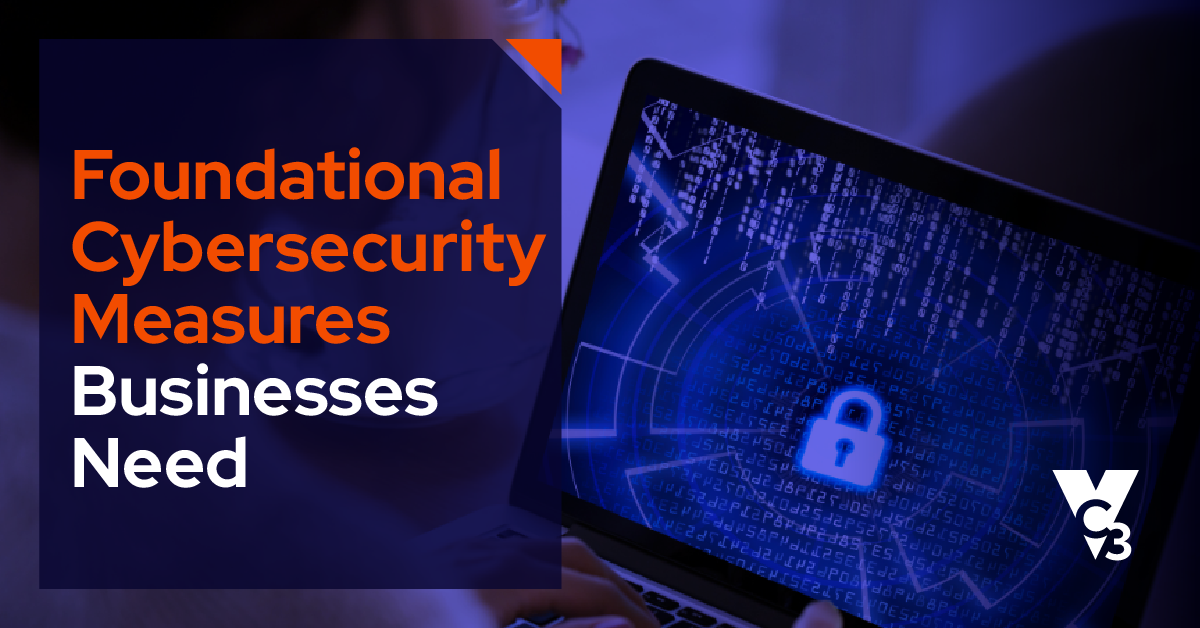Despite some understandable suspicion and cost-consciousness toward the idea of getting outside IT support, elderly care organizations nearly unanimously see business continuity as critically important. Systems going down for a prolonged period of time can literally affect the life and death of patients.
Yet, elderly care organizations often underinvest in the network infrastructure that ensures business continuity, which can lead to severe consequences for patient care and overall operations. Elderly care organizations are entrusted with the health and well-being of some of society's most vulnerable individuals. This responsibility necessitates that their IT systems function flawlessly.
This article discusses several ways that a lack of the right network infrastructure can impact uptime, patient care, and operations.
- Common Elderly Care IT Support Challenges
- 5 Ways that Underinvestment in Network Infrastructure Can Negatively Impact Patients at Elderly Care Organizations
- Consider Managed Services for Elderly Care Organizations
Common Elderly Care IT Support Challenges
Elderly care facilities face a unique set of challenges when it comes to information technology. Unlike many other industries, where IT support issues might result in minor inconveniences, problems in elderly care can have profound impacts on patient health and safety.
Because their focus is all about patient care, a lack of reliable network infrastructure can affect medical alerts, medicine schedules, shots, oxygen machines, and any equipment or data that relies on information technology.
Elderly care organizations don’t often realize the connection between a stable network infrastructure with their mission. They feel some pain from IT, but they think they can just get by—even though they are increasing the probability of a major problem by putting off IT investments.
If you’re experiencing the following IT challenges, then you may be putting your patients at risk.
- Aging Infrastructure: Many elderly care facilities operate with outdated hardware and software, making them prone to failures and cyber threats. Imagine what would happen if an important server or application went down, or you experienced a ransomware attack.
- Limited Budgets: Financial constraints often lead to underinvestment in IT support, prioritizing immediate care needs over long-term technological stability. Budgets are often tight at elderly care organizations, and this is often used as an excuse to put off addressing major IT issues and challenges.
- Regulatory Compliance: The healthcare industry is heavily regulated, requiring strict adherence to data protection and privacy laws, such as HIPAA. This adds another layer of complexity to managing IT systems. Many elderly care organizations may have IT systems that are not compliant with HIPAA, increasing the risk of fines and lawsuits.
- Staff Training: Care staff often lack adequate training in IT systems, making it difficult to manage and troubleshoot problems when they arise. Often, an overburdened IT staff person or non-technical staff are tasked with fighting IT fires—without the skills or resources to address serious root causes.
5 Ways that Underinvestment in Network Infrastructure Can Negatively Impact Patients at Elderly Care Organizations
It’s important to connect the IT support challenges above with impacts on your elderly care organization. Are you experiencing the following as a result of poor network infrastructure?
1. System Downtime Affecting Patient Safety
Network outages or failures in critical systems (such as Electronic Health Records) can prevent caregivers from accessing vital patient information. This can delay treatments and lead to potentially life-threatening situations.
In emergencies, reliable communication is also paramount. Poor network infrastructure can disrupt communication channels, making it difficult for staff to coordinate care, contact emergency services, or notify family members.
2. Inconsistent Access to Medical Records
With inadequate network infrastructure, accessing patient records can be slow or impossible. This can hinder the ability to provide timely care, as staff may be unable to retrieve necessary medical histories, allergy information, or current medications.
In the absence of reliable IT systems, staff might resort to manual record-keeping, which is prone to errors and can further compromise patient safety.
3. Impact on Telehealth Services
Since the pandemic, telehealth has become increasingly important and more a part of our lives. Poor network infrastructure can lead to unreliable telehealth services, preventing patients from receiving necessary consultations. Network instability can also cause telehealth appointments to be missed or interrupted, leading to delayed diagnoses and treatments.
4. Cybersecurity Risks
Elderly care organizations are prime targets for cyberattacks due to the sensitive nature of the data they handle. Poorly monitored and maintained network infrastructure can leave systems vulnerable to breaches, risking the exposure of personal and medical information.
Weak network security can also make it easier for ransomware attacks to succeed. These attacks can paralyze operations, rendering systems unusable until the threat is remediated, which can severely disrupt patient care.
5. Operational Inefficiencies
Network issues can slow down every aspect of patient care, from administering medications to scheduling appointments and processing insurance claims. This can lead to dissatisfaction among patients and their families. Consistent IT problems can also lead to frustration and burnout among staff, who may feel they are unable to perform their duties effectively. This can affect morale and increase staff turnover rates, further compromising patient care.
Consider Managed Services for Elderly Care Organizations
Given the critical importance of robust network infrastructure, elderly care organizations should consider partnering with a managed service provider (MSP). Managed services offer a range of benefits that directly address network infrastructure challenges.
1. Proactive Monitoring and Maintenance
MSPs provide 24/7 monitoring and visibility of your IT systems, identifying and addressing potential issues before they lead to downtime or become fires. This proactive approach ensures that critical systems remain operational, equipment is correctly configured, and certain maintenance tasks are automated to reduce human error. MSPs also ensure that hardware and software are up to date, reducing vulnerabilities and improving overall system performance.
2. Enhanced Cybersecurity
MSPs implement robust cybersecurity measures including firewalls, endpoint detection and response, and cybersecurity monitoring to protect against data breaches and ransomware attacks. In the event of a cyberattack, MSPs can quickly contain and mitigate the damage, ensuring that patient data remains secure.
3. Scalability and Flexibility
MSPs can scale their services to meet the evolving needs of elderly care organizations, whether expanding facilities or integrating new technologies like telehealth. By outsourcing IT management, elderly care facilities can predictably allocate their budgets without needing to hire, focusing on patient care while the MSP maintains a high standard of IT infrastructure.
---
The importance of reliable network infrastructure in elderly care organizations cannot be overstated. Underinvestment in IT can lead to significant risks, from system downtime and cybersecurity threats to operational inefficiencies that directly impact patient care.
By recognizing these challenges and considering managed services, elderly care facilities can ensure business continuity, safeguard patient safety, and ultimately provide better care for their residents. Investing in robust network infrastructure is not just a technical necessity—it is a critical component of compassionate and effective healthcare.
Learn more about how VC3 can ease your technology burden at an affordable cost.





